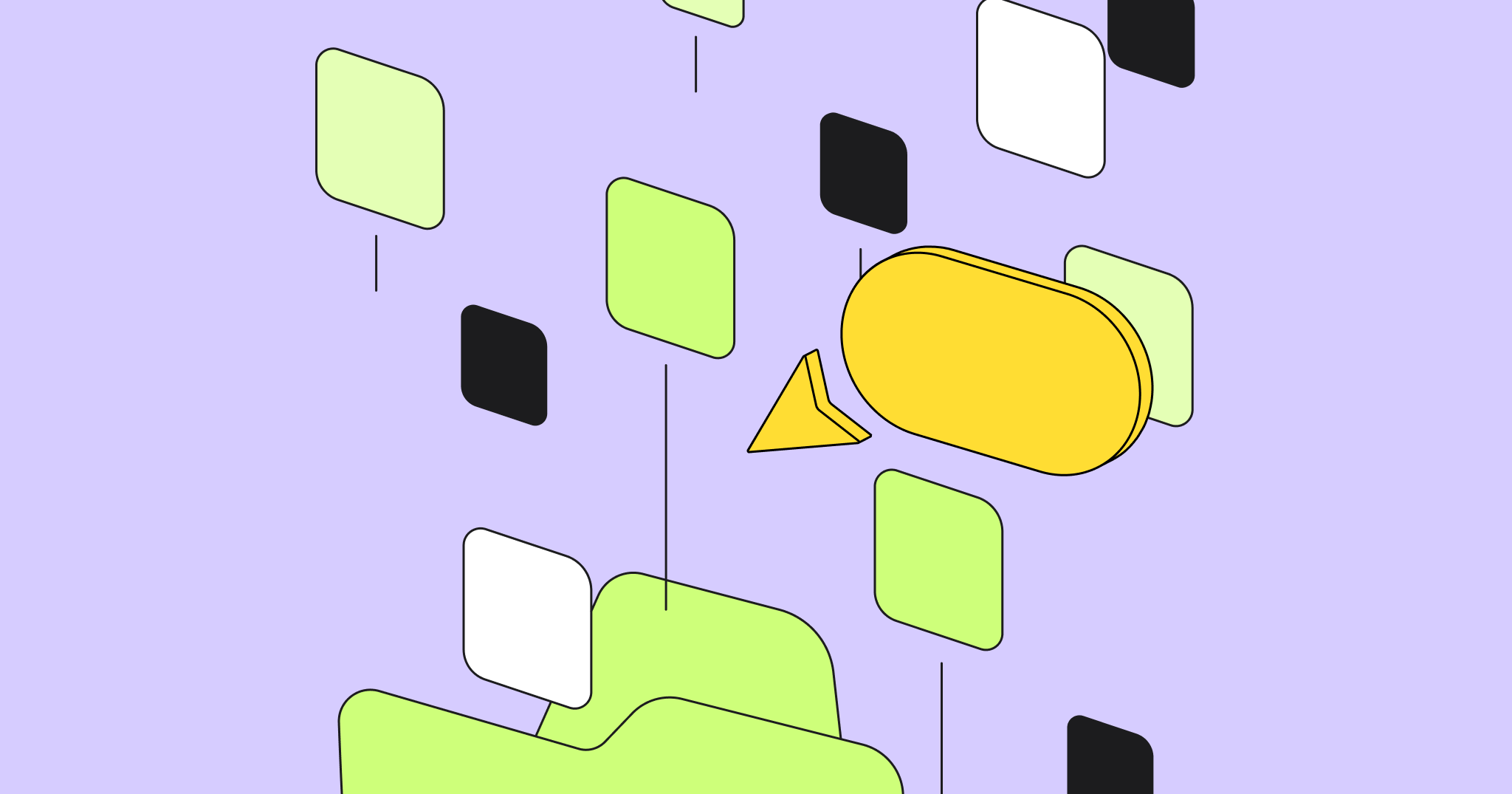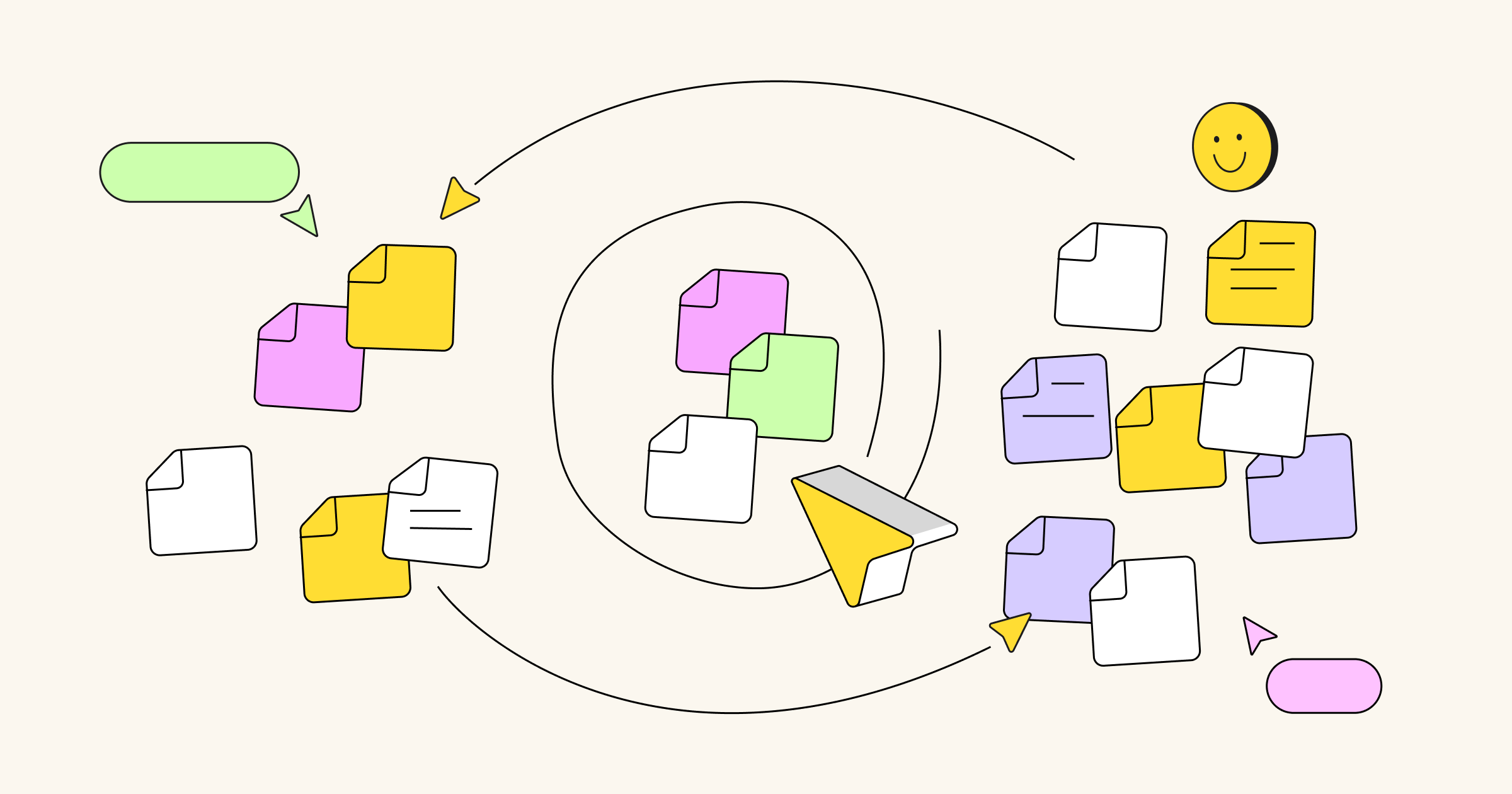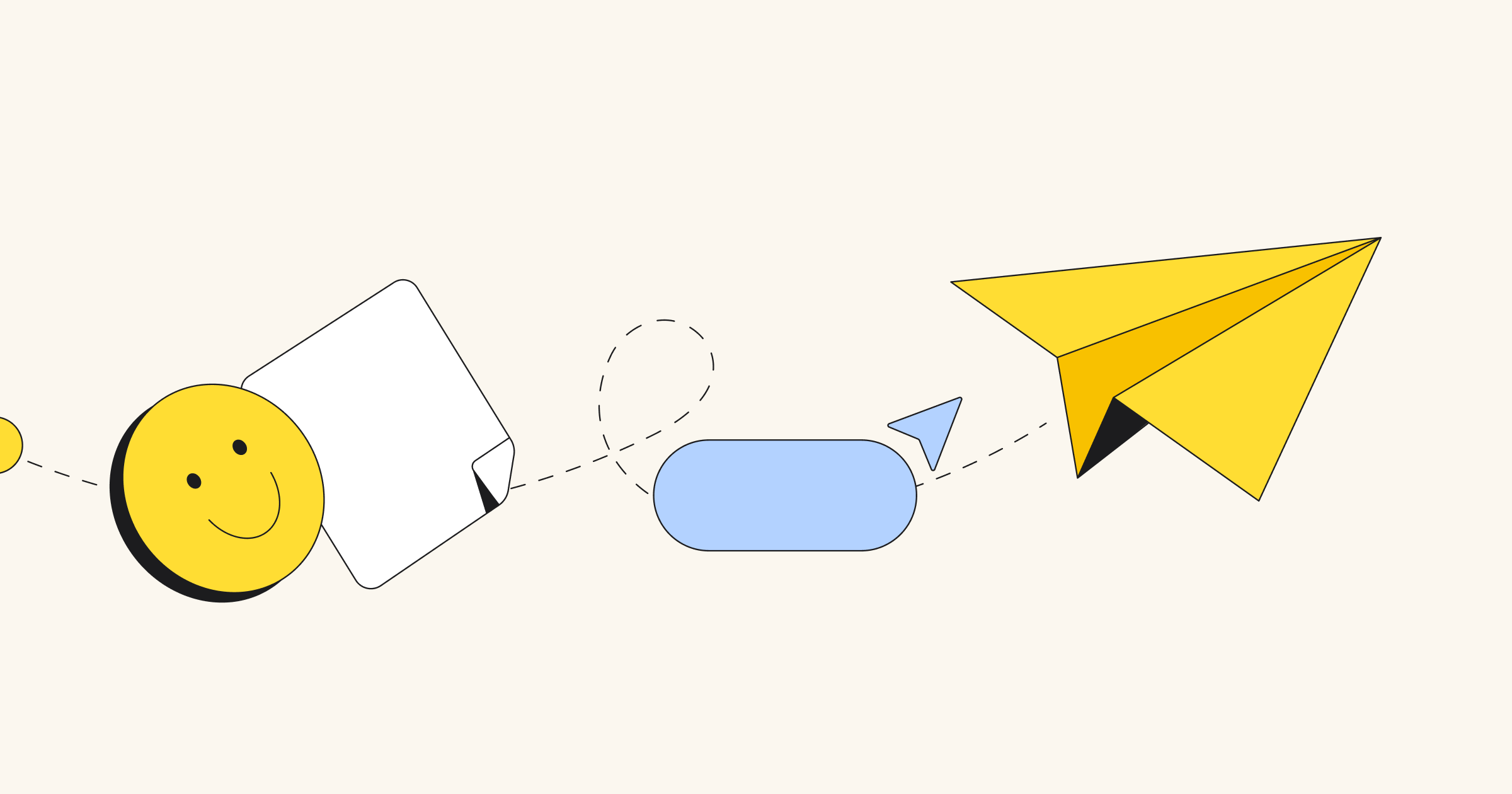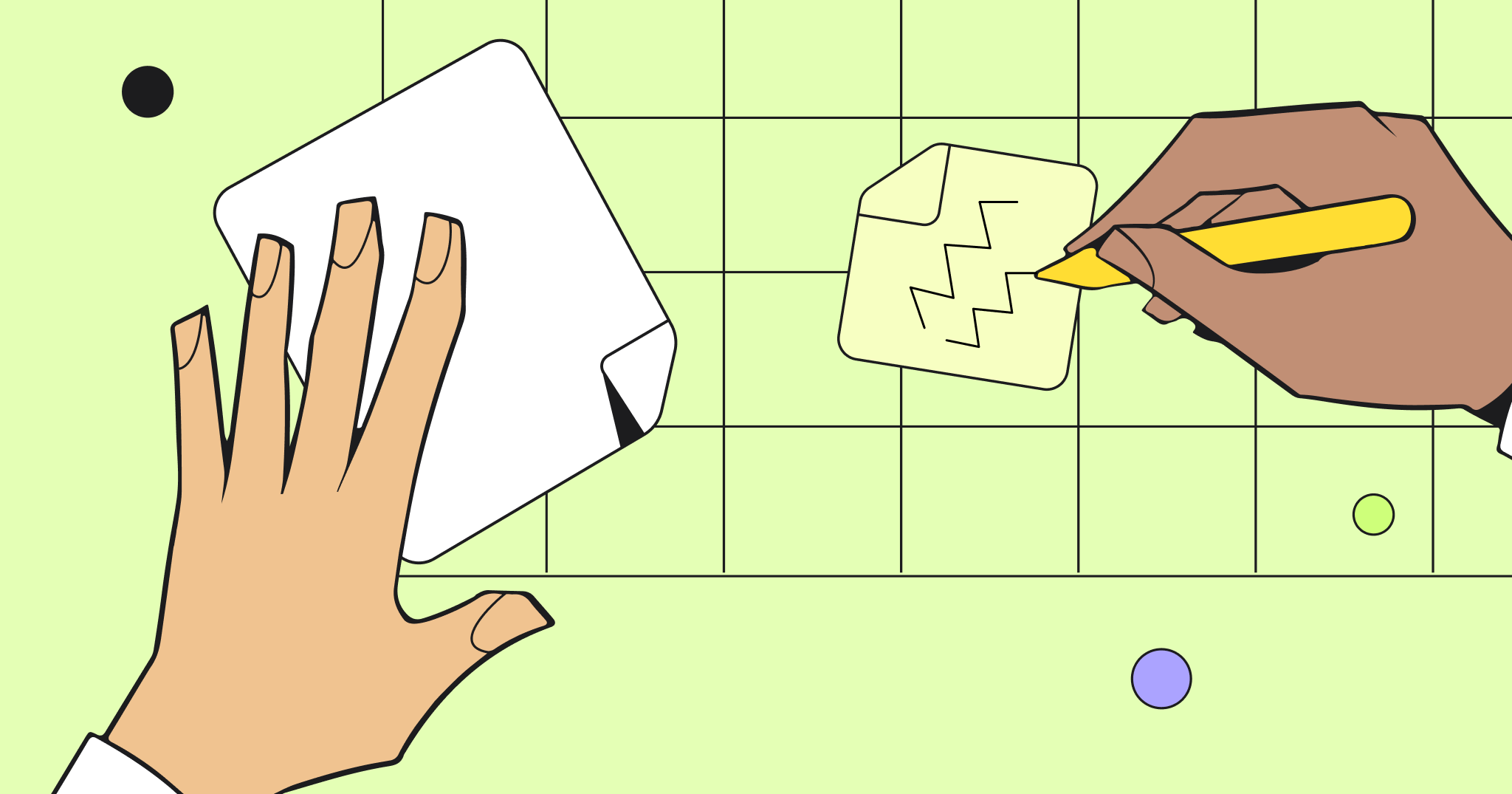Leading tech companies are often the first to test out innovative methods of work (like Agile), so it’s no surprise that they’re also beginning to hire remote workers and organize distributed teams. This approach allows them to attract best talent while reducing costs. We talked to Ben Holland-Arlen, an experienced UX leader, and asked him about his experiences with distributed teams and the best practices used at Salesforce.
Building a design team at Salesforce: guiding principles and challenges
At Salesforce, we have people all over the globe. My immediate team consists of designers and copy / content folks, but we often work with developers, product people, business analysts, researchers and many others, depending on the size and scope of the project.
I currently work as a senior UX designer for the Customer Success Group, which is focused on helping our customers get the most out of their Salesforce deployments.
It’s a challenge for me when people hire UX designers because someone told them they needed one, and they often don’t know what to do with them. It’s tricky, because the executive sponsors that hired you want you to be innovative and think outside the box, but things like design thinking are not often part of the organizational culture. To be successful, there is still a mental shift that needs to happen. That’s where I spend a lot of my time—on that eternal mental shift of just educating people why creating better experiences is important and the impact it can have on customer loyalty and retention. That’s what makes you look like a rockstar to your president/CEO.
Profile
Ben
Holland-Arlen
is a Senior User Experience Designer at Salesforce and the Head of Design and Founder at the UX + Product design Agency, Futureorbit. He’s worked everywhere from small startups to the New York Public Library. In his current role at Salesforce, Ben designs for the customer success group, where his role involves educating customers about how to get the most out of the suite of Salesforce products. To learn more about Ben, follow him on LinkedIn and Twitter.
The keys
to managing
a remote team
Achieving alignment
I’ve worked with a lot of remote teams. I run teams with developers in India and Brazil and all over the place. Alignment is key otherwise it’s like a big game of telephone. There have been times when the end result is not at all what the creative vision was. That’s super frustrating and can get expensive.
What I’ve learned is that a big part of achieving alignment when managing a remote team requires thinking about how different cultures work differently, and empowering remote teams ask clarifying questions up front and get whatever they need to ensure we’re on the same track with regards to the end result.
Recurring rituals:



How Salesforce
UX team is working
remotely:
“A big part of achieving alignment involves thinking about different cultures, because different cultures work differently.”
“The key is that standups should be no more than 10 or 15 minutes, even if you’re working across the globe. I don’t care where you are, have your camera on and actually stand up.”
“Miro really helps me because it’s like a democracy. Maybe you’re a little louder if you have a neon-colored Post-it note, but overall, the gray post-it note is just as powerful as the bright yellow one.”
Daily standups
I believe in doing daily standups. The key is that standups should be no more than 10 or 15 minutes, even if you’re working across the globe. Wherever you are, it’s important to have your camera on and actually stand up. The actual act of standing up makes for a more concise stand-up. It sounds silly, but it’s really powerful.
Keeping your camera on
If you’re working remotely, don’t be afraid to just keep your camera on all the time. It might be a little weird, but if your team is all over the place, it will keep you focused, and it makes it so much easier to say to your developer across the globe or wherever, “Hey, will this work?” Instead of having to do all the old-school methods. If you can avoid email, even avoid Slack, and get direct communication, it will make your product better.
Using Miro
Miro is my favorite of the collaboration tools. Especially where I sit in the UX role upfront, where you need alignment. I’ve been using Miro for two years or more on my own account. It’s been very helpful. I found people were a little resistant to adopt Miro at first because every team seemed to have their own tools and processes. The response was, “Oh, another piece of software to use?” But when they actually saw it, they understood why I was pushing it so hard, because it does exactly what it’s supposed to do.
It shows everyone’s input in real time, which is great. It can be exhausting to stop groupthink, or the idea that whoever has the loudest voice wins. Miro really helps me because it’s like a democracy. Everyone has the same voice. Maybe you’re a little louder if you have a neon-colored post-it note, but overall, the gray post-it note is just as powerful as the bright yellow one.
We mainly use Miro for brainstorming at this point. Feature definitions, or products overall, sketching out wireframing. During our meetings, I would say something like, “Okay, these are the features, and now we’ll do an affinity map and cluster. Seven out of twelve people all agree that search is important.”
Miro use cases at Salesforce:







Work culture
at Salesforce
There is definitely a culture of giving at Salesforce. We don’t just sit here and make products. Our co-CEOs really wants us to get out of the building and volunteer, use our skills and give back to people. We’ll do team volunteer events. One of the first times we just kept our cameras on and stayed in a group Hangout all day, we were working on the redesign of a British website that connects high-level professionals with people who want a job, but because they have various life-threatening illnesses, can’t work full-time anymore.
It’s really powerful to have a day where we’re doing our job but we’re doing it as volunteering and giving back, instead of the day-to-day. Everyone felt re-energized, doing the same work they do for good a good cause. Getting out and going to events is also encouraged. For example, going to design events where team members can learn and grow, that’s important. Creating a work environment where people feel comfortable exploring and taking risks is important. You can’t create new things if you feel limited or scared that someone will treat you differently if you think outside the box. Also, don’t say “outside the box.”




